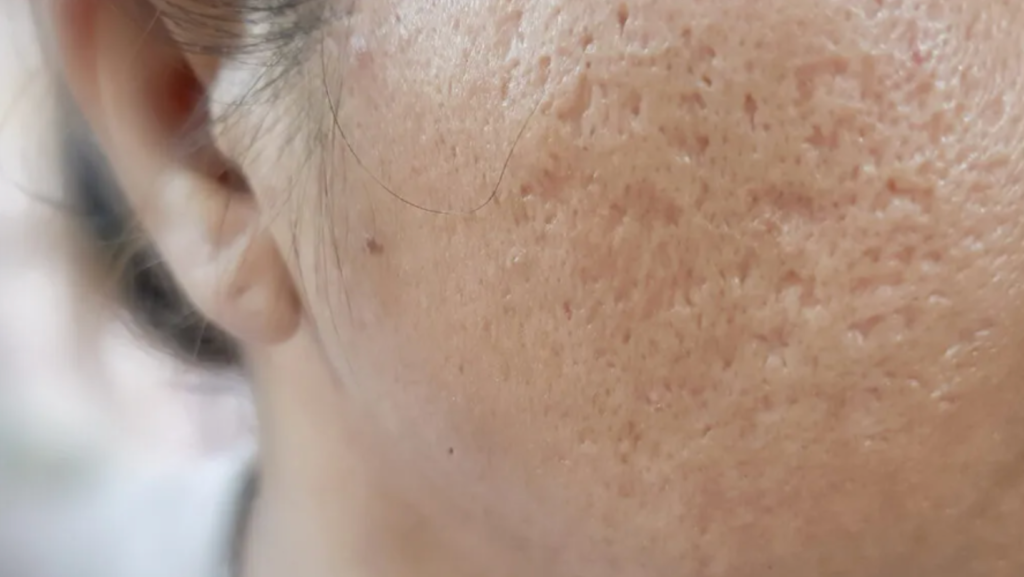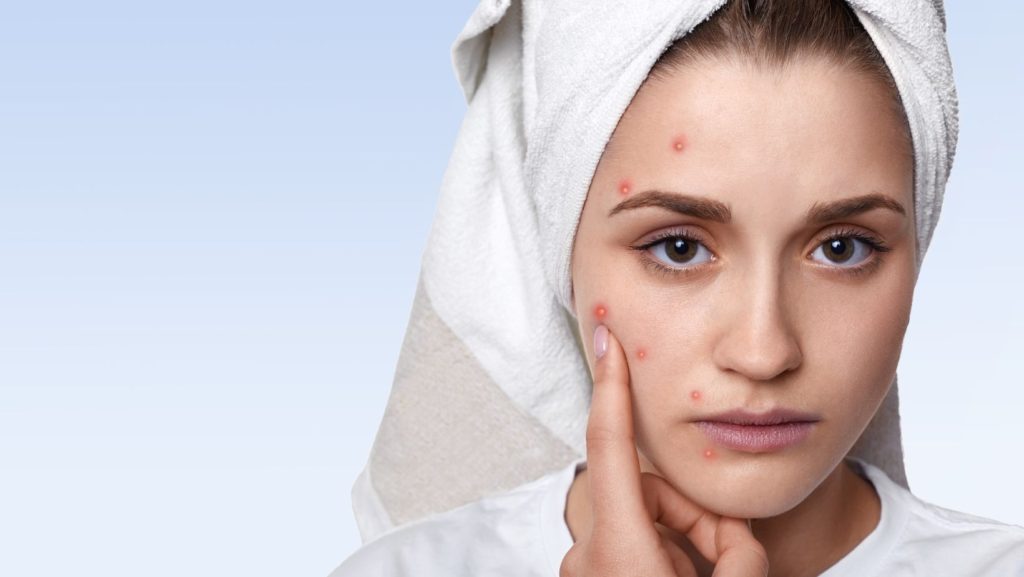How can I remove my acne scars is a common question and concern for lots of my patients. Although I believe having acne scars does not make you ugly and should not lower your self-esteem, improving your beauty and your look is your right and you should enjoy seeing your face in the mirror and feel proud when you go out.
But before jumping to answer “how can I remove acne scars” I have to give you some useful advice.
- 1. Don’t try to cover your acne with heavy makeup. You make it worse. Don’t be shy, you are not alone, and you are in the process of treatment.
- 2. Don’t use a cover-up or multi-step cosmetic programs for acne. You may find it in well-known brands.
Why?
- Cover-up cosmetics are oil-based.
- They use sub-therapeutic concentrations of medications
- These products are very costly.
- They use too many unnecessary ingredients.
Check out my previous article! about acne and heavy cosmetics.
What to do and how can I remove my acne scars
How to remove the scars depends on the type of scar you have. There are different kinds of scars after acne:
- Hyperpigmentation or dark spot
- Atrophic or depressed scar
- Hypertrophic or raised scars
Dark spots
Discoloration left behind after a pimple has gone and cleared, isn’t a scar. The purple, red, or brown marks will fade over a few months on their own. There are also some products that help to speed up the process of brightening the spot. Some of those products are available over the counter such as Reversa cream containing 0.3 % retinol.
Depressed or atrophic scars
These are the most common scars on the face. A depressed scar sits below the surrounding skin. They’re formed when not enough collagen is made while the wound is healing.

Depressed scars are formed when not enough collagen is made while healing the wound.
Hypertrophic or raised scars
These scars are most common with chest and back acne. They stand above the surface of the surrounding skin and are caused by too much collagen during healing.
Treatment to remove acne scars
Treatment at home: home treatment normally inefficient and don’t work. Don’t wast your time and money in this area. I am being honest and I know when home remedies are useful and when they are wast of time and energy.
Treatment for dark spot or hyperpigmentation
There are certain chemicals used for brightening skin and removing hyperpigmentation. You can find some of them over the counter and some your dermatologist goves you the prescsription. As I mentioend earlier products containing retinol are available over the counter and they are milder than tretinoin and less irritating but the duration of treatment is longer.
Chemical peels
A chemical peel is a strong acid that’s used to remove the top layer of the skin to reduce deeper scars.
Some chemical peels are mild enough that you can use them at home, but your healthcare provider can provide a stronger solution with more dramatic results.
Here are some of the peeling agents:
- Alpha Hydroxy acid AHA they remove dead skin and prevent clogged skin.
- Salicylic acid products also have peeling effect but they may be irriating and treatment with them is long.
- Retinoids
Sometimes dermatologists prescribe a combination of retinoids and hydroquinone to efficiently remove dark spots. Hydroquinone is brightening the skin and is available at 4 % with prescription in Canada.
If the problem is deeper, you may need in-office treatment.
Dermabrasion
It is an effective and common treatment for facial scars.
In this method the dermatologist uses the wire brush or a wheel to more deeply exfoliate the top layer of the skin.
Laser resurfacing
Laser resurfacing removes the top layer of the skin. It has a faster healing time than other resurfacing treatments.
However, you have to keep the area covered with a bandage until it’s completely healed. This treatment is also not a good option for anyone who’s still getting breakouts, and it’s not as effective on darker skin tones.
Fillers
Healthcare providers use fillers to fill in acne scars and help even out the skin. The fillers can be made with
- Collagen,
- Your own fat,
- or a commercial filler.
The healthcare professional injects the filler under the surface of the skin to help plump up and smooth out depressed scars.
Most fillers last between 6 and 18 months before they need to be redone, but some are permanent.
Best for: Someone with a small number of boxcar or rolling scars.
Microneedling
This is a newer method with a long process. The dermatologist or healthcare providers use a small, needle-studded roller or handheld “pen” on the surface of the scars. The needles puncture the numbed skin, but don’t go through it like a shot! As the skin heals, it makes collagen.
There’s evidence to suggest that microneedling helps reduce the depth of acne scars, but this treatment can take up to 9 months to see changes according to the American Academy of Dermatology. Outside of the slight fear factor, it’s a safe treatment that works for all skin tones.
Best for: Depressed acne scars.
Injections
There are a few different medications that healthcare providers inject into raised scars to help soften and flatten them including corticosteroids and chemotherapy drugs fluorouracil (5-FU) and interferons. The injections are usually performed as a series with one every few weeks.
Best for: Raised scars.
Minor in-office surgery
At first, it might seem crazy to remove a scar and potentially replace it with a new one, but dermatologists or plastic surgeons can remove a very noticeable scar and leave behind a small scar that will fade with time.
A healthcare provider can also lift the scar by loosening the fibres beneath it to help bring it closer to the surface so it’s less noticeable. They call this procedure subcision.
Best for: Deep depressed scars and raised scars.
Please leave your comments and ask your questions. I am working in an environment full of skincare products and I can provide you detailed information about the latest products. So feel free to ask as many as you want.
And always remember you are beautiful as you are and your beauty comes from within!
